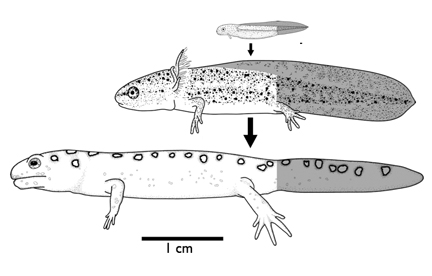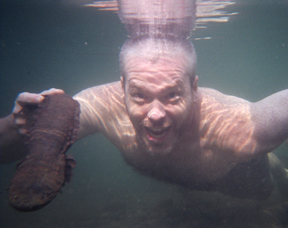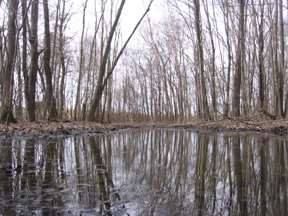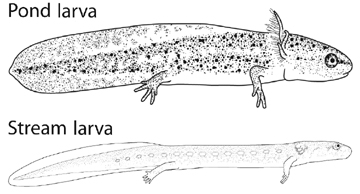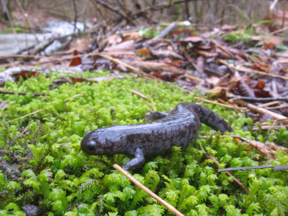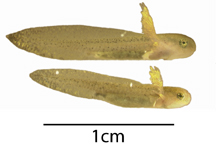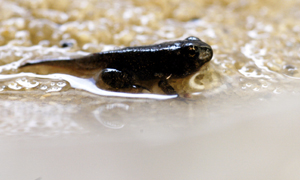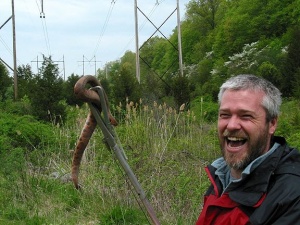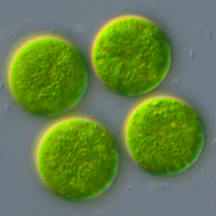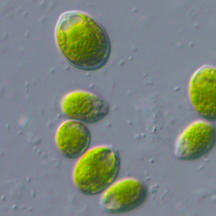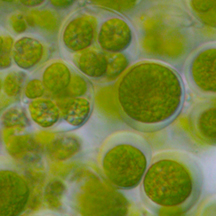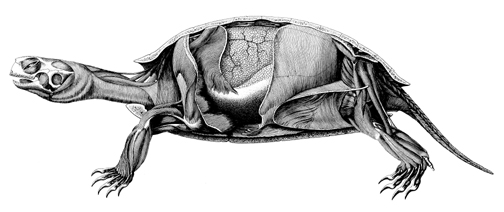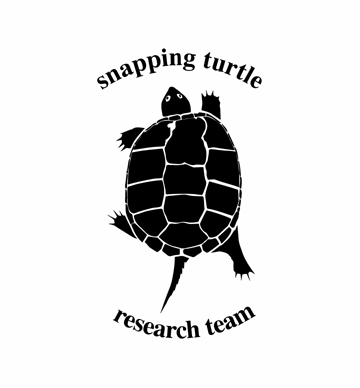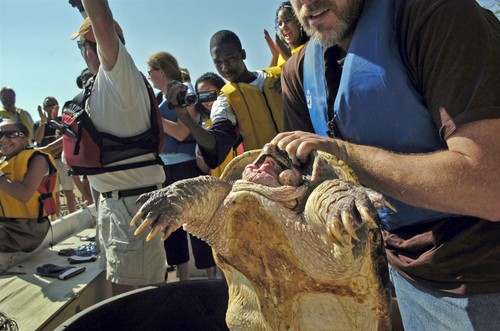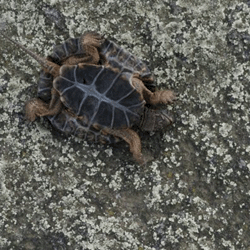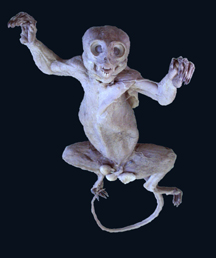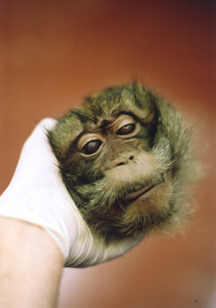Tobias Landberg
Doctoral Student
Office: BioPharmacy 410
Voice: (860) 486-4158
E-mail: tobias.landberg@uconn.edu
Mailing address:
75 N. Eagleville Road, U-3043
Storrs, CT 06269
Contents
About
I am currently a PhD candidate in the Ecology & Evolutionary Biology department at the University of Connecticut, Storrs.
Co-advisors Drs. Kurt Schwenk & Carl Schlichting head my committee– which also includes Drs. Elizabeth Jockusch and Kentwood Wells.
For more information, here's my CV
The two classes I'm teaching this semester are Current Topics in Ecology & Evolution and Comparative Vertebrate Anatomy
Research philosophy
"Evolutionary-developmental-functional-eco-morphology" was the joke term I coined with my friend Manny. In a nutshell, it's about unraveling the mobius strip of how organisms perform their behaviors, how sources of variation affect that performance, and how that performance affects evolution. The three main sources of variation in nature are ontogenetic (or developmental), ecological (or environmental) and phylogenetic (or evolutionary or genetic). Raising one species of animal under different conditions can reveal whether development is affected by that environment. Raising related species under the same set of different environments can reveal whether the environmental response has evolved. Together with an understanding of the animals' natural environments and the results of a variety of performance tests, functional variation can be used to interpret evolution.
Dissertation research
As the above statement shows, my research interests are broad. The goal of my dissertation work is to study how ontogenetic and ecological sources of variation contribute to species level diversity. Salamanders of all types incorporate larval features into the adult forms. Gills and tail fins are two of the main structures that vary across adult salamanders of different species. To understand the processes generating this macroevolutionary pattern, I have turned to the source: salamander larvae. Salamander larvae are surprisingly uniform, at least compared to frog larvae. However, they vary consistently along one ecological axis. Salamander larvae that live in ponds typically have large gills and tail fins while those that live in streams have small gills and tail fins.
Oxygen plasticity
Gills and tail fins are respiratory organs in amphibians and they are responsive to dissolved oxygen levels. To see how the environment affects these organs, I raised spotted salamanders in high or low oxygen. Not surprisingly, the ones raised in low oxygen developed larger gills and tail fins. This type of plasticity should incur a cost– investment in metabolically active tissues could retard growth or development. Surprisingly, the low oxygen animals that invested extra energy in respiratory organs also metamorphosed early. It looks like low oxygen probably indicates poor water quality and pond drying. Larvae experiencing such conditions in the wild would probably be well served by getting out of the pond before they turn into the proverbial "meadow raisin"...
Maternal investment
Egg size is another feature that varies dramatically among amphibians living in different environments. Stream breeders typically have large eggs while pond breeders have relatively small eggs. This difference has important evolutionary consequences because females are resource limited and cannot both have large eggs and many of them. This trade-off and correlation with habitat strongly suggests that stream environments require large eggs because of the high quality offspring they produce.
My approach to this question is experimental. By surgically removing small quantities of yolk from developing embryos, maternal investment can be artificially manipulated. The strategy is to compare siblings who have had yolk removed to the sham operated group– those who were "poked" but no yolk was actually removed. Differences in growth and development between the two groups are interpreted as due to the amount of yolk they had. Tiny quantities of yolk can affect development from hatching all the way through metamorphosis.
Other salamander projects
During my tenure here at UConn, I've engaged in a number of other fruitful projects. They are just for fun and as such are all collaborative efforts.
Predator induced plasticity
One of the best-studied forms of adaptive plasticity in amphibians is their response to predators. Most of this work has been done on frogs but there are still many unanswered questions. Early hatching in response to egg predators is practically ubiquitous among amphibians, but what are the long term costs of leaving the egg early? How do predators that specialize on different life stages interact? Since metamorphosis is thought to be a particularly vulnerable life stage, is it responsive to the presence of predators? Has metamorphosis been selected to be as rapid as possible? Is it constrained physiologically by the demands of transformation?
I mentored Leah Brown-Wilusz's honors thesis (under Carl Schlichting's supervision),and together we designed an experiment to address some of these questions in our local spotted salamander (Ambystoma maculatum). We raised embryos with and without egg predators (trichopteran larvae) and larval predators (marbled salamander larvae:Ambystoma opacum) to see if early hatching affected the response to larval predators. It didn't affect hatching. Presence of the egg predator caused early hatching regardless of the presence of the larval predator indicating that the immediate threat outweighs any future potential threat. Next we looked at morphology and escape performance with lethal fish predators. Salamander embryos exposed to larval predators grew larger tail fins and survived longer with the predators but early hatching incurred a cost– smaller tails and shorter survival times. The effect of early hatching even extended to the adult life stage. Those animals that hatched early in response to the egg predator were smaller at metamorphosis. The early hatching response therefore looks to be maintained as a plastic strategy by costs in the larval period in terms of larval predator avoidance as well as potential fitness costs at metamorphosis.
Laurel Dwyer's honors thesis was designed to address several questions about the mysterious process of metamorphosis. We employed centrarchid sunfish (green sunfish: Lepomis cyanellus and bluegill sunfish: L. macrochirus) to see if spotted salamander larvae Ambystoma maculatum) can adaptively reduce their predation risk by either reducing the amount of time they spend in the vulnerable process of metamorphosis or behaviorally increasing their survival time with lethal predators. Instead of developing nicely to metamorphosis, however, the predator exposed salamanders were just dying. So we are now trying to figure out why. Stay tuned: this experiment will conclude in the early fall of 2008.
Algae–salamander symbiosis
Along with undergraduate, Shawn Binns, and professor Louise Lewis, we are investigating one of the coolest mutualisms known to science. Ambystomatid salamander eggs deposited in vernal ponds often develop a green hue. This is not just a coating of pond scum, but rather an alga that lives inside the egg capsule. Poetically named, Oophila means egg-lover. Research has previously shown that the salamander benefits from increased oxygen levels produced by the algae while the algae gets nitrogenous waste products from the embryos. Yum. Everybody wins!
The first question we are asking is, who are these little green invaders? We want to know if all the eggs have the same strain or species of algae. Does this vary from year to year? We discovered that the algae inside of Louisiana spotted salamanders looks morphologically different from Connecticut algae. Is it plasticity or the same species? We also noticed that Kentucky algae growing on a different species (Ambystoma texanum) grows not inside the egg capsule but in the jelly matrix. They look similar to the Connecticut algae but bigger. Hmm. What's going on here. We performed a pilot study with freshly deposited Connecticut eggs to see what would happen if we inoculated them with equal quantities of Connecticut and Louisiana algae. The controls developed lots of algal growth complicating the experiment, but we are working on the morphology and molecular analysis...
Turtle research
Breathing & locomotion
{{#ev:youtube|1fKBnE-_eC0}} With Elizabeth Brainerd and Jeff Mailhot at the University of Massachusetts at Amherst, I studied turtle breathing and locomotion. Since turtles can breathe using the limbs at rest... can they breathe during locomotion? Work done by Dr. Don Jackson and colleagues showed that nesting green sea turtles (Chelonia mydas) don't breathe at all during terrestrial locomotion. Box turtles and red eared sliders do however. Surprisingly, there is no relationship between limb movement and when breaths occur. So they can't be using the limbs for breathing during locomotion. Both species appear to use specialized abdominal muscles for breathing during locomotion, but there is one difference. There was no measurable effect of locomotion on breathing in the box turtle, Terrapene carolina. That species has numerous adaptations for terrestriality. The red-eared slider, Trachemys scripta is much more typically semi-aquatic. When sliders pause between bouts of locomotion, they double the size of each breath. This indicates that locomotion interferes with breathing– by reducing the size of each breath. And the adult green sea turtle, of course, who has many highly derived features for aquatic locomotion, doesn't breathe during terrestrial locomotion. Three species–– three different life styles and three different patterns of interaction between breathing & locomotion. Makes you wonder...
Snapping turtle ecology
In conjunction with many generous private volunteers, several local Connecticut organizations including Our Piece of the Pie, Riverfront Recapture, Connecticut Water Company as well as the National Geographic Society, I am working with high school students on a snapping turtle ecology. The goal is expose teenagers in Hartford, CT to nature, science and career options they might not otherwise see – and learn a thing or two about snappers.
UPDATE!
August 7th: The 2008 snapping turtle research team graduates!
Channel 61 news story
{{#ev:youtube|EM2yj1_vBDE}}
Learn more about the snapping turtle research team
Publications
Landberg T., J. D. Mailhot and E. L. Brainerd (2008). Lung ventilation during treadmill locomotion in a semi-aquatic turtle, Trachemys scripta. J. Exp. Zool. 309A. In press. ![]()
Azizi, E., T. Landberg and R. J. Wassersug (2007) Vertebral function during tadpole locomotion. Zoology 110:290-297. ![]()
Landberg, T., J. Mailhot and E.L. Brainerd (2003) Lung ventilation during treadmill locomotion in a terrestrial turtle, Terrapene carolina. Journal of Experimental Biology 206:3391-3404. ![]()
Azizi, E., and T. Landberg (2002) Effects of metamorphosis on the aquatic escape response of the two-lined salamander (Eurycea bislineata). Journal of Experimental Biology 205:841-849. ![]()
Misc
Specimens:
{{#ev:youtube|yQQKVBTVTZY}}
Links
My YouTube account has lots more videos
My Facebook account has lots more photos

